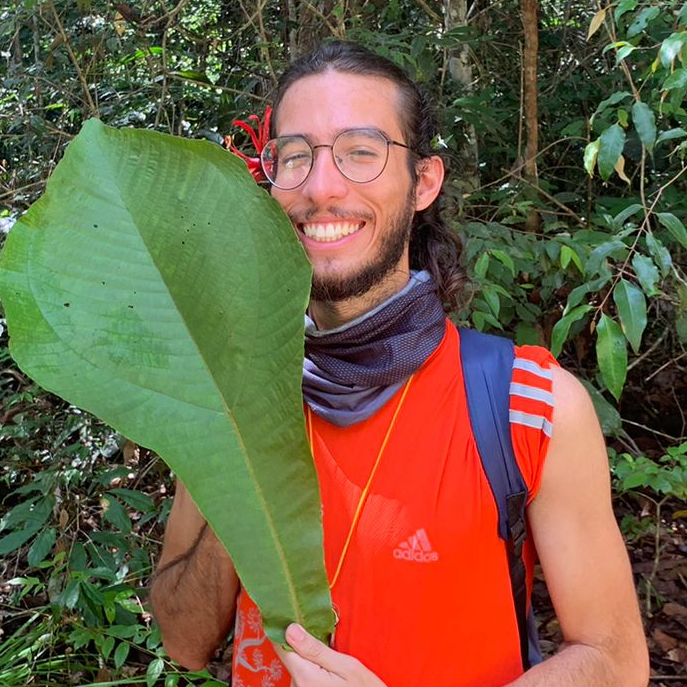Academic Career
-
 I got my degree as a Bachelor of Science in Physics by the University of Brasilia (UnB), Brazil, in 2020.
I got my degree as a Bachelor of Science in Physics by the University of Brasilia (UnB), Brazil, in 2020. -
 In October 2023 I became a Master of Sciences in Physics by the Unversidade Estadual de Campinas (Unicamp), Brazil.
In October 2023 I became a Master of Sciences in Physics by the Unversidade Estadual de Campinas (Unicamp), Brazil.
Today I have a broad range of interests, but most of my focus goes to Particle/Astroparticle Physics, Machine Learning, Theoretical Ecology (specially Evolutionary Ecology) and Climate Change. On my final year as a undergrad I began my final paper, entitled Supernova Neutrinos Physics and Detection, which is only available in PT-BR. The work was a theoretical and computational study of how collapsing stars produce neutrinos and how we can detect them on Earth.
On my Masters I extended this work, working with numerical simulations to investigate what type of information we can get from the exploding star, just by looking at the neutrinos that are detected here on Earth. My focus was on the distance between the star and Earth. I developed a simulation in python taking into account the production of neutrinos at the stellar core, their flavor transitions inside the star by the MSW effect, their passage through the planet and the characteristics of each detector type (Water Cherenkov, Liquid Argon and Scintilation). Here is a formal abstract of the work:
Supernova observation and distance estimation using neutrino detectors
Since the observation of SN1987 by the Kamiokande-II, the IMB and the Baksan detectors, the sensitivity of neutrino detectors has increased drastically. In the coming years, a new generation of neutrino detectors is scheduled to be in operation. One of the main objectives of neutrino detectors is to observe a core-collapse supernova in the neutrino spectrum, a phenomenon that is expected to produce physics rich data and provide answers to both neutrino physics and astrophysics. In this work, we consider the future observation of supernovae using current and next generation detectors. We develop a python code fully open source in order to simulate the detection of such events, taking into account the Earth matter effect in neutrino oscillations, and use statistical methods to reconstruct the distance of a core collapse supernova, given the neutrino energy spectrum observed. On top of that, we investigate methods for using water Cherenkov detectors to obtain the direction of the event.
If you are interested in reading my MSc dissertation (I wrote it thinking on students with a BSc in Physics as my public), check it here.
